- Проблема вытягивания сеянцев капусты
- Причины вытягивания сеянцев капусты
- Подготовка почвы для посева капусты
- 1. Выбор участка и подготовка почвы
- 2. Выбор сортов и сеянец
- 3. Утепление и подсветка
- 4. Полив и питание
- Выбор и подготовка семян капусты
- Правильная техника посева капусты
- Выбор оптимального времени посева
- Обеспечение оптимальных условий для прорастания
- Утепление сеянцев
- Оптимальные условия для роста сеянцев капусты
- Основные рекомендации для создания оптимальных условий:
- Уход за сеянцами капусты
- Полив
- Подсветка
- Утепление
- Питание
- Правильный полив капусты для предотвращения вытягивания
- Техники подсветки сеянцев капусты
- Утепление
- Питание
- Подсветка
- Практические советы по предотвращению вытягивания сеянцев капусты
- 1. Утепление сеянцев
- 2. Регулярное питание
- 3. Контроль температуры
- 4. Правильный полив
- Вопрос-ответ:
- Почему сеянцы капусты вытягиваются?
- Какой должна быть температура для роста сеянцев капусты?
- Как предотвратить вытягивание сеянцев капусты?
- Можно ли использовать удобрения для предотвращения вытягивания сеянцев капусты?
- Как влияет плотность посева на вытягивание сеянцев капусты?
- Видео:
- что делать с вытянутой рассадой капусты

Вытягивание сеянцев капусты – одна из основных проблем, с которыми сталкиваются садоводы. Причиной этого явления часто является недостаточное количество света, низкая температура и неправильный уход за растениями. Однако существуют способы, которые помогут вам предотвратить вытягивание сеянцев капусты и сохранить их здоровье и силу.
Первое, что нужно сделать, чтобы предотвратить вытягивание сеянцев капусты, – это утеплить посадочный материал. Для этого можно использовать специальные укрытия или пленку, которые помогут сохранить оптимальную температуру вокруг растений. Также следует обеспечить хорошую вентиляцию, чтобы избежать перегрева и поддерживать постоянный доступ свежего воздуха.
Помимо утепления, сеянцы капусты нуждаются в подсветке. Недостаток света – одна из основных причин вытягивания растений. Для этого можно использовать специальные фитолампы или обычные лампы накаливания, установленные на определенной высоте над растениями. Подсветка должна быть включена на протяжении 12-16 часов в сутки.
Кроме того, необходимо обеспечить правильный полив и питание сеянцев капусты. Растения нуждаются в регулярном поливе, но не переувлажнении, чтобы избежать гниения корней. Также важно добавлять в почву специальные удобрения, содержащие все необходимые элементы питания для капусты. Это позволит сеянцам получить все необходимые питательные вещества для своего здорового развития.
Проблема вытягивания сеянцев капусты
Вытягивание сеянцев капусты — распространенная проблема, с которой сталкиваются многие садоводы. Это процесс, при котором сеянец стремительно растягивается в высоту, приобретая длинные и хрупкие стебли. Такие сеянцы ослаблены и более подвержены заболеваниям и вредителям.
Одной из причин вытягивания сеянцев капусты является недостаток света. При недостаточном освещении сеянцы стремятся к источнику света, растягиваясь в поисках питательных веществ. Для предотвращения этой проблемы рекомендуется подсвечивать сеянцы специальными лампами или установить дополнительные окна в парниках.
Также недостаток тепла может способствовать вытягиванию сеянцев. При низкой температуре сеянцы медленно растут и слабее развиваются. Поэтому важно обеспечить семена капусты оптимальными условиями для прорастания и роста: поддерживать теплую температуру и использовать специальные утеплители для парников.
Недостаток питательных веществ в почве также может привести к вытягиванию сеянцев капусты. Поэтому перед посевом рекомендуется хорошо подготовить почву, внести органическое удобрение и прокалить семена. Это позволит обеспечить сеянцам достаточное количество питания для их здорового роста и развития.
Регулярный полив также важен для предотвращения вытягивания сеянцев капусты. Недостаток влаги может привести к замедлению роста и вытягиванию сеянцев. Поэтому необходимо регулярно увлажнять почву, но при этом не переувлажнять ее, чтобы избежать гниения корней.
Причины вытягивания сеянцев капусты
Вытягивание сеянцев капусты – распространенная проблема, возникающая при выращивании рассады. Она связана с несколькими причинами, включая:
- Низкая температура: Капуста является холодостойким растением, но при низкой температуре воздуха сеянцы могут вытягиваться в поисках тепла.
- Недостаток света: Капуста – светолюбивое растение, и недостаток подсветки может привести к вытягиванию сеянцев.
- Неправильный полив: Избыточный или недостаточный полив может вызвать вытягивание сеянцев капусты. Регулярное и умеренное поливание необходимо для нормального прорастания и роста.
- Недостаток питательных веществ: Если почва не содержит достаточного количества питательных веществ, сеянцы могут вытягиваться в поисках пищи.
Для предотвращения вытягивания сеянцев капусты рекомендуется обеспечить оптимальные условия для их роста и развития. Это включает поддержание оптимальной температуры, обеспечение достаточного количества света, правильный полив и регулярное питание растений.
Подготовка почвы для посева капусты
1. Выбор участка и подготовка почвы
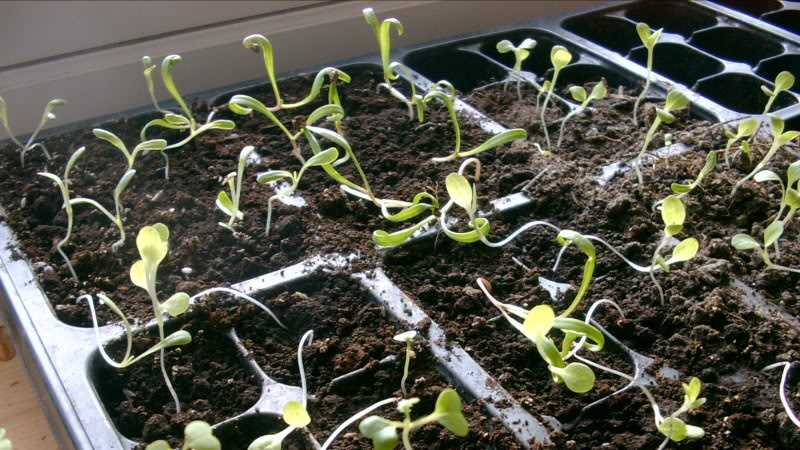
Для успешного выращивания капусты необходимо выбрать участок, который будет достаточно солнечным и хорошо освещенным. Также важно выбрать почву, которая будет плодородной и иметь нейтральную кислотность.
Перед посевом капусты необходимо подготовить почву. Для этого следует удалить сорняки и камни, перекопать землю на глубину около 25-30 см и добавить компост или перегной для улучшения плодородности почвы.
2. Выбор сортов и сеянец
При выборе сорта капусты следует учитывать климатические особенности региона, а также предпочтения по вкусу и целевому назначению. Для получения раннего урожая можно выбрать раннеспелый сорт, а для хранения — позднеспелый.
Перед посевом капусты необходимо подготовить сеянец. Для этого семена можно обработать перед посевом в растворе марганцовки для дезинфекции и ускорения прорастания.
3. Утепление и подсветка

Капуста предпочитает прохладный климат, поэтому в начале выращивания ее необходимо утеплить. Для этого можно использовать пленку или агроволокно, которые защитят растения от холодных ветров и заморозков.
Если выращивание капусты происходит в закрытом помещении или на подоконнике, то может потребоваться дополнительная подсветка. Для этого можно использовать фитолампы или светодиодные лампы, которые обеспечат достаточное количество света для нормального развития растений.
4. Полив и питание

Важным этапом выращивания капусты является правильный полив. Необходимо регулярно поддерживать влажность почвы, но избегать застоя воды. Частый и мелкий полив позволит избежать пересыхания или переувлажнения почвы.
Для обеспечения капусты всеми необходимыми питательными веществами можно добавить комплексные удобрения в почву или проводить подкормки во время роста растений.
Выбор и подготовка семян капусты
Выбор качественных семян является первым и важным шагом для успешного выращивания капусты. При покупке семян следует обратить внимание на их целостность и срок годности. Лучше всего выбирать семена специализированных производителей, чтобы быть уверенным в их качестве и подлинности.
Подготовка семян перед посевом также играет важную роль в предотвращении вытягивания сеянцев капусты. Для ускорения прорастания семян рекомендуется их предварительная обработка. Семена можно обработать раствором эпин-экстра или других стимуляторов роста. Также полезно проращивать семена во влажной ткани или в специальных проращивателях для улучшения их всхожести.
После проращивания семена капусты готовы к посеву. Подготовленные семена следует посадить в специальные контейнеры, например, горшки, ящики или кассеты. Важно обеспечить достаточное количество света для сеянцев, поэтому рекомендуется использовать подсветку или высаживать семена в хорошо освещенных помещениях.
Однако световой режим не является единственным фактором, влияющим на рост и развитие сеянцев капусты. Важную роль также играет полив и питание. Сеянцы капусты нуждаются в умеренном поливе, чтобы сохранить почву во влажном состоянии. Подходящая питательная среда также необходима для нормального развития растений. Рекомендуется использовать специальные удобрения для капусты, которые содержат необходимые микроэлементы и минералы.
Для предотвращения вытягивания сеянцев капусты также можно использовать утепление. При низкой температуре воздуха сеянцы могут растягиваться и становиться нежными. Чтобы избежать этого, рекомендуется дополнительно утеплить посадочный материал, например, используя специальные укрытия или пленку.
Правильная техника посева капусты
Правильная техника посева капусты является важным шагом для предотвращения вытягивания сеянцев и обеспечения успешного прорастания и развития растений.
Выбор оптимального времени посева
Капуста относится к холодостойким культурам, поэтому для успешного прорастания семян необходимо выбрать правильное время посева. Рекомендуется сеять семена капусты в землю в начале весны, когда минимальная температура грунта достигает 5-7 градусов по Цельсию.
Обеспечение оптимальных условий для прорастания

Для успешного прорастания капустных семян необходимо обеспечить оптимальные условия окружающей среды. Семена следует сеять на глубину 1-1,5 см, затем землю необходимо утрамбовать и увлажнить. Умеренный полив позволит поддерживать необходимый уровень влаги для прорастания семян.
Также важно обеспечить растения питательными веществами. Для этого можно вносить комплексные минеральные удобрения, богатые азотом, фосфором и калием.
Утепление сеянцев

Для предотвращения вытягивания сеянцев капусты необходимо обеспечить им дополнительное утепление. Для этого можно использовать пленку или специальные теплицы, которые защитят растения от низких температур и помогут им правильно развиваться.
Следуя правильной технике посева капусты и создавая оптимальные условия для прорастания и развития растений, можно успешно предотвратить вытягивание сеянцев и получить здоровые и крепкие капустные растения.
Оптимальные условия для роста сеянцев капусты
Вытягивание сеянцев капусты часто связано с недостатком подсветки. Для успешного прорастания семян и развития сеянцев необходимо обеспечить достаточное количество света. Важно помнить, что даже при использовании искусственного освещения, необходимо предоставить сеянцам период покоя в темноте.
Утепление является неотъемлемой частью создания оптимальных условий для роста сеянцев капусты. Высокая температура позволяет активизировать процессы прорастания. Для этого можно использовать теплые грядки, теплицы или установить нагревательные маты.
Так стоп!!! Вы всё ещё не подписаны на наши каналы в Телеграмм и Дзен? Посмотрите: ТГ - (@historyfantasydetectivechat) и Дзен (https://dzen.ru/myshortsstorys)
Правильное питание является одним из ключевых факторов успешного развития сеянцев капусты. Для этого необходимо грамотно подобрать удобрения, богатые микроэлементами и органическими веществами. Регулярный полив также является важным аспектом, необходимым для поддержания оптимальной влажности почвы.
Основные рекомендации для создания оптимальных условий:
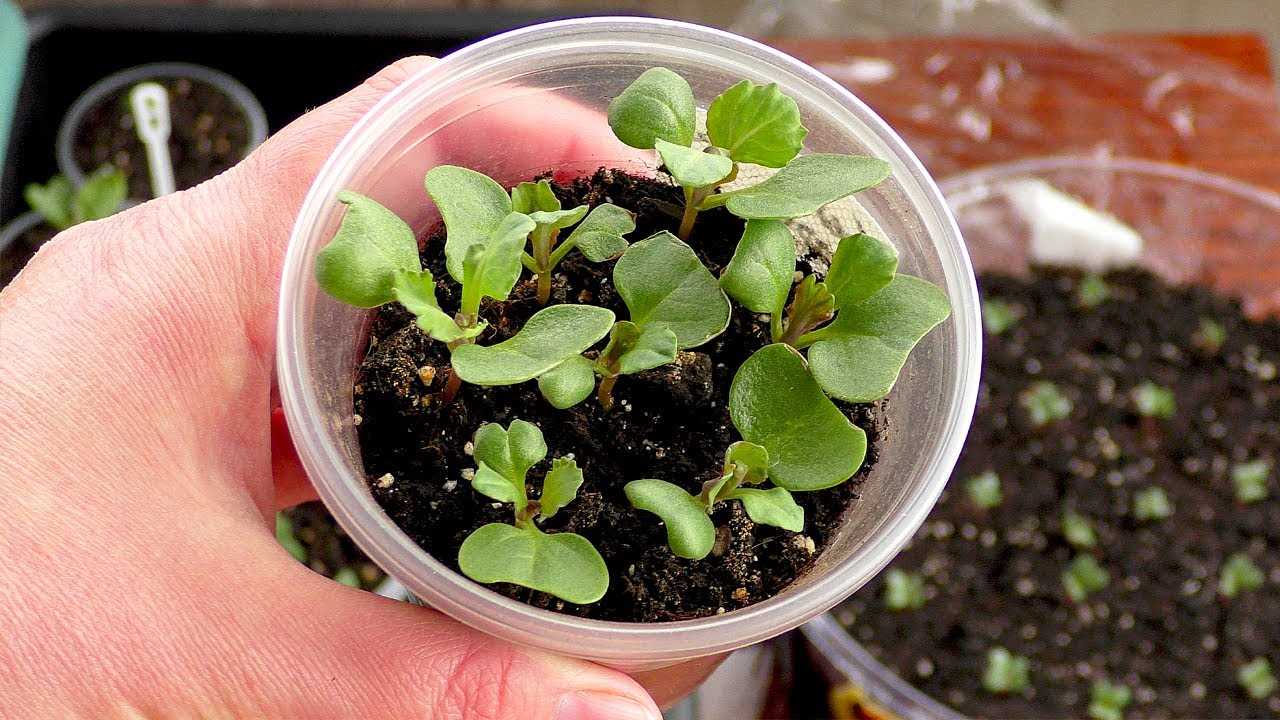
- Обеспечить достаточное количество света и период покоя в темноте;
- Утеплить сеянцы с помощью теплых грядок, теплиц или нагревательных матов;
- Правильно питать сеянцы капусты, используя удобрения с микроэлементами;
- Регулярно поддерживать оптимальную влажность почвы с помощью полива.
Уход за сеянцами капусты
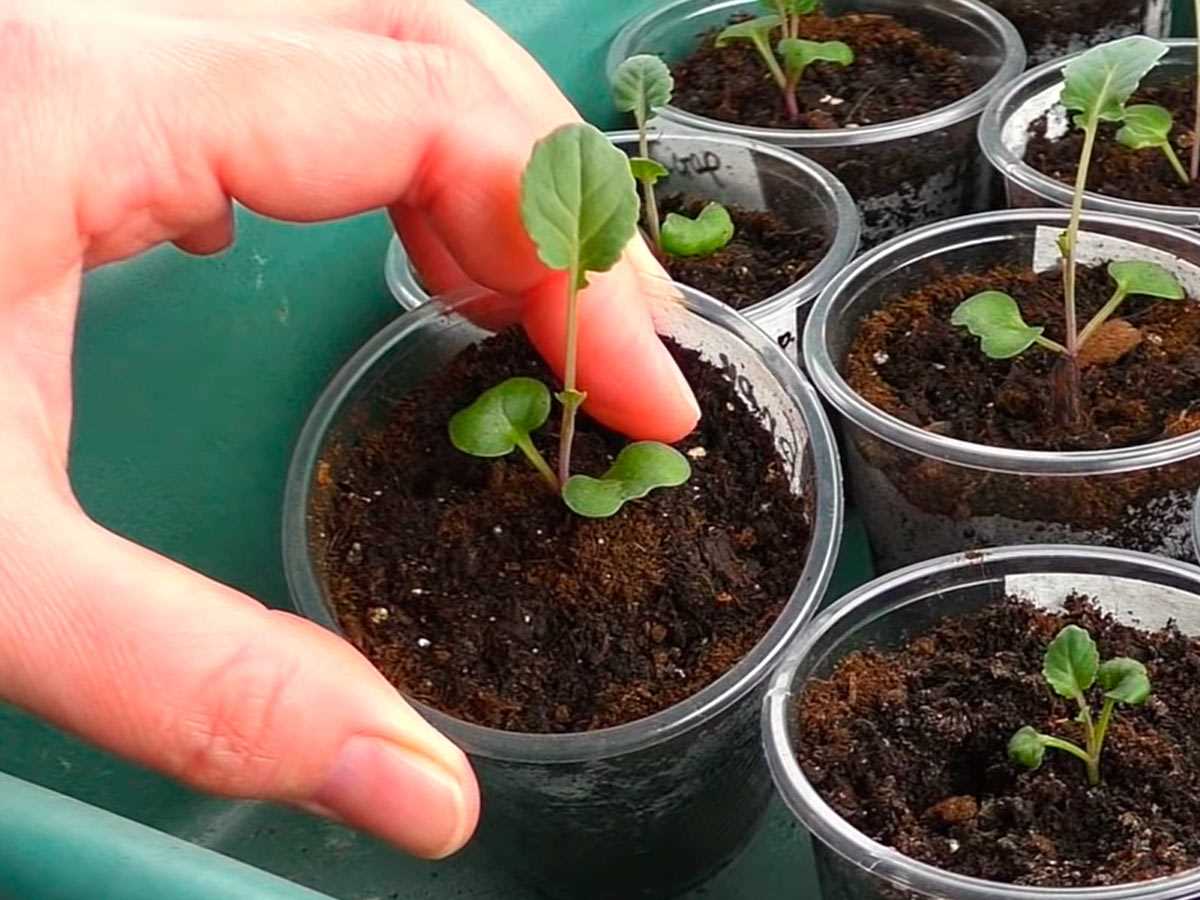
Сеянцы капусты требуют особого ухода для предотвращения вытягивания и обеспечения их здорового роста и развития.
Полив
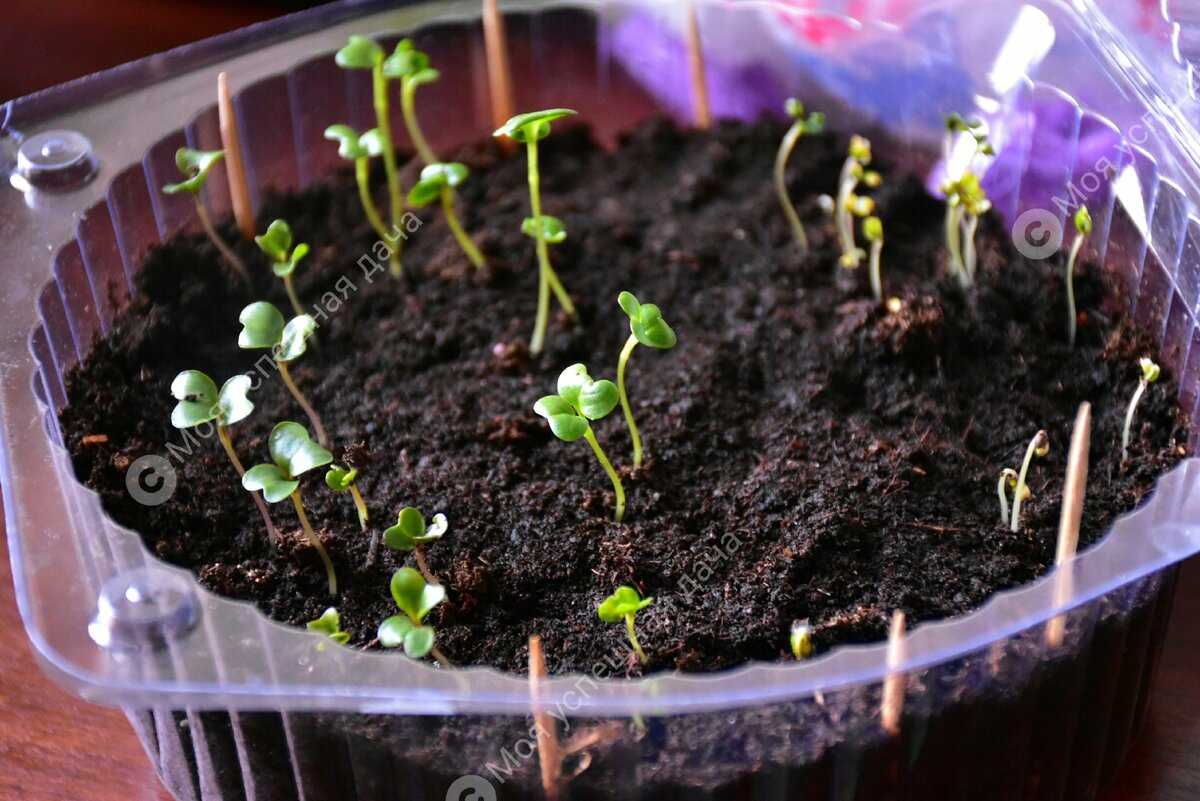
Регулярный полив является важным аспектом заботы о сеянцах капусты. Необходимо поддерживать постоянную влажность почвы, но не допускать ее переувлажнения. Рекомендуется поливать сеянцы мягкой водой, предварительно отстоянной при комнатной температуре.
Подсветка
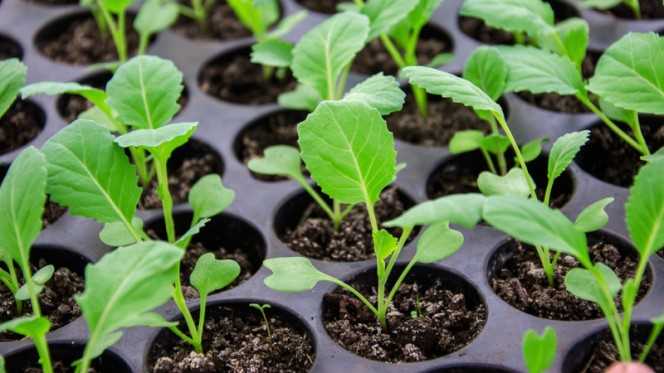
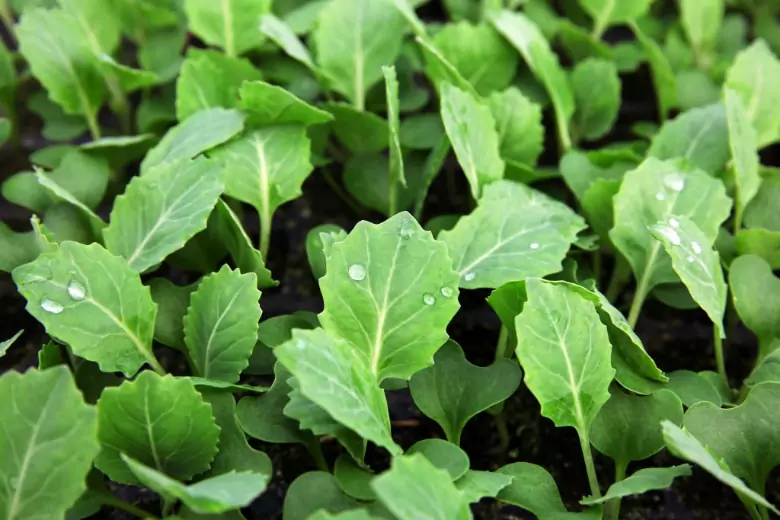
Для предотвращения вытягивания сеянцев капусты необходимо обеспечить им достаточное количество света. Если естественного света недостаточно, можно использовать искусственное освещение. Рекомендуется устанавливать лампы над растениями на расстоянии 10-15 см от верхушек.
Утепление

Сеянцы капусты требуют определенных условий температуры для успешного роста. В холодное время года или при низкой температуре в помещении рекомендуется использовать утеплительные материалы, такие как специальные пленки или агроволокно, для создания оптимальных условий для роста сеянцев.
Питание
Сеянцы капусты нуждаются в достаточном питании для нормального роста и развития. Рекомендуется использовать специализированные удобрения для капусты, которые содержат все необходимые микроэлементы и питательные вещества. При использовании удобрений следует соблюдать рекомендуемые дозировки.
Соблюдение всех вышеперечисленных правил позволит предотвратить вытягивание сеянцев капусты и обеспечить их здоровый и сильный рост.
Правильный полив капусты для предотвращения вытягивания
Сеянцы капусты нуждаются в особом уходе, чтобы избежать их вытягивания. Один из важных аспектов здесь — это правильный полив.
Полив капусты должен быть умеренным и регулярным. Растения нуждаются во влаге, чтобы поддерживать процессы прорастания и роста. Однако, избыточный полив может привести к вытягиванию сеянцев. Поэтому важно поддерживать умеренное увлажнение почвы.
Для предотвращения вытягивания капусты рекомендуется поливать ее в корневую зону, избегая попадания влаги на листья. Это поможет укрепить корневую систему и создать условия для хорошего питания растений.
Однако, полив одним способом не всегда достаточен. Важно также учитывать условия наружной среды. Например, в холодное время года можно применить утепление, чтобы предотвратить сильные перепады температур и вытягивание сеянцев.
Если дневная длительность света недостаточна для нормального развития капустных растений, можно использовать дополнительную подсветку. Важно выбирать правильную интенсивность света и продолжительность освещения, чтобы обеспечить растениям достаточное количество света для нормального роста.
Техники подсветки сеянцев капусты
Вытягивание сеянцев капусты может быть проблемой, особенно при недостаточной подсветке. Для успешного прорастания и развития рассады необходимо обеспечить оптимальные условия, включая утепление, питание и подсветку.
Утепление
Сеянцы капусты требуют определенной температуры для прорастания и роста. Важно обеспечить утепление посевного контейнера или грядки с помощью укрывного материала или теплицы. Это позволит сохранить оптимальную температуру и предотвратить переохлаждение сеянцев.
Питание
Для предотвращения вытягивания сеянцев капусты нужно обеспечить достаточное питание. Регулярное внесение питательных веществ, таких как удобрения, средство для стимуляции роста, поможет поддерживать здоровое развитие рассады.
Подсветка
Одним из эффективных методов предотвращения вытягивания сеянцев капусты является подсветка. Использование специальных фитоламп или светодиодных ламп позволяет обеспечить достаточное количество света для нормального роста растений. Важно расположить источники света на оптимальной высоте, чтобы сеянцы получали равномерное освещение.
Таким образом, правильное утепление, питание и подсветка сеянцев капусты помогут предотвратить их вытягивание и обеспечить здоровый рост и развитие рассады. Следование этим техникам поможет получить крепкую и устойчивую рассаду, которая успешно перенесет пересадку на грядку и даст хороший урожай капусты.
Практические советы по предотвращению вытягивания сеянцев капусты
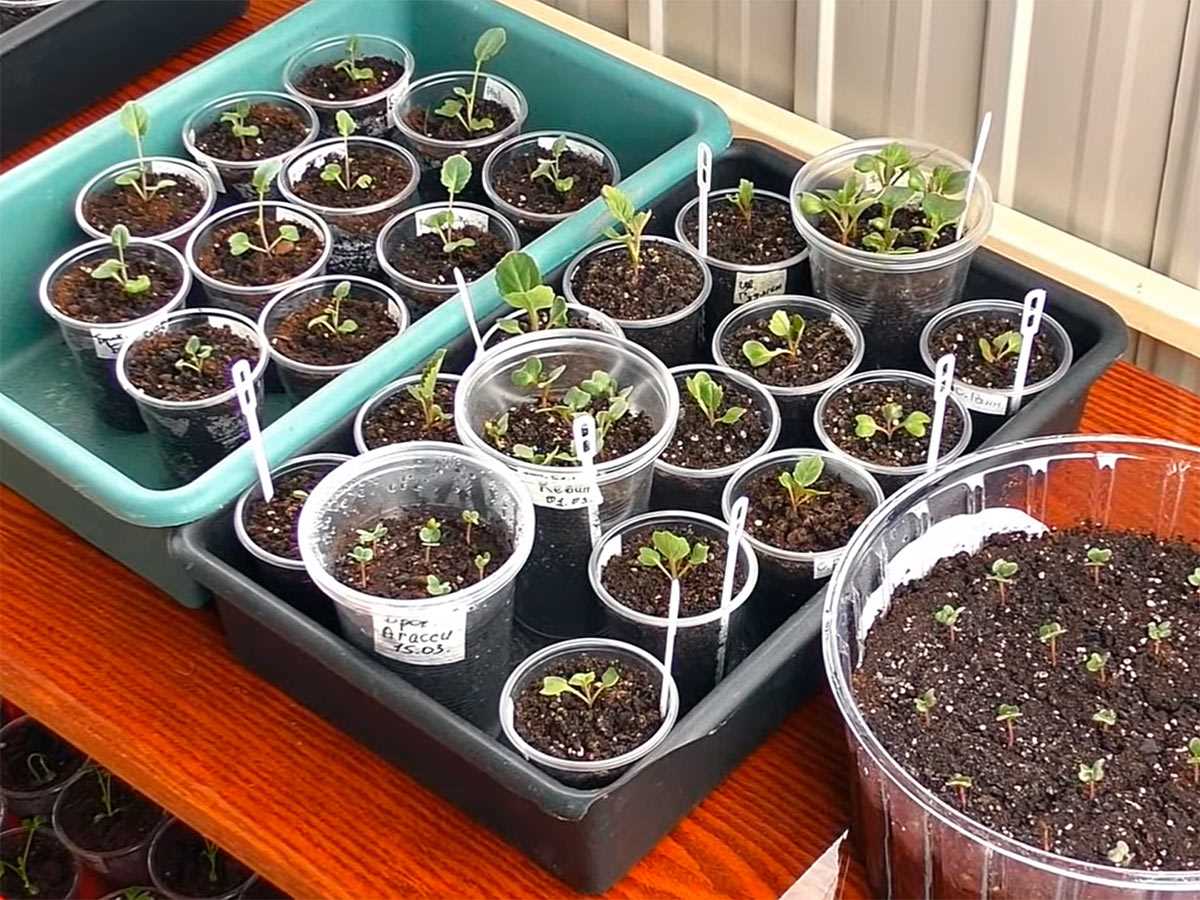
Вытягивание сеянцев капусты — это распространенная проблема, с которой сталкиваются многие садоводы. Причиной этого явления часто является недостаток света и тепла. Вот несколько полезных советов, как предотвратить вытягивание сеянцев капусты.
1. Утепление сеянцев
Перед посевом капустных семян рекомендуется утеплить почву в грядке. Для этого можно использовать пленку, которая поможет сохранить тепло и создать оптимальные условия для прорастания семян. Также стоит выбирать сорта капусты, которые хорошо адаптированы к холодному климату.
2. Регулярное питание
Одной из причин вытягивания сеянцев капусты может быть недостаток питательных веществ в почве. Чтобы предотвратить это, регулярно подкармливайте сеянцы специальными удобрениями, которые содержат необходимые микроэлементы и минералы.
3. Контроль температуры
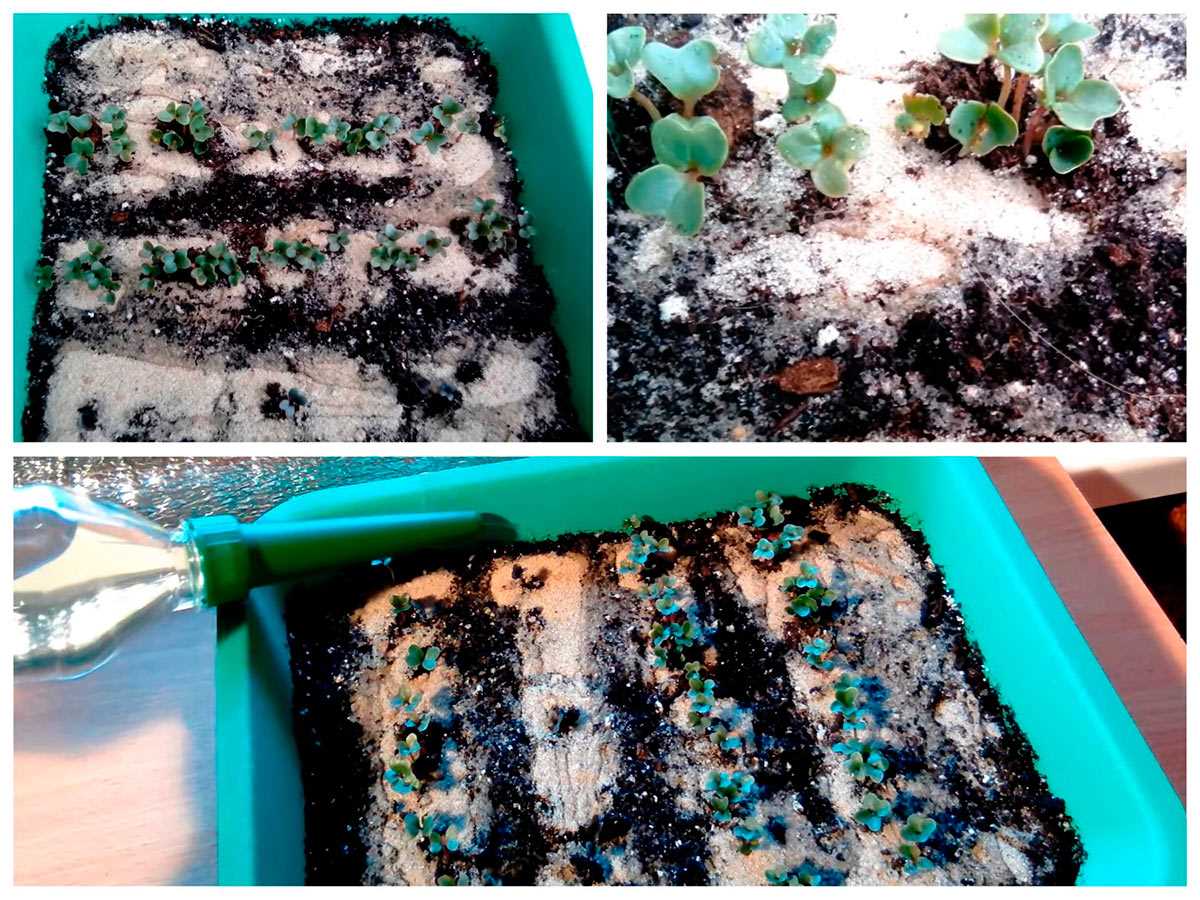
Оптимальная температура для прорастания капустных семян составляет около 20 градусов Цельсия. Следите за тем, чтобы температура в помещении, где выращиваются сеянцы, не опускалась ниже этой отметки. Для поддержания нужного тепла можно использовать тепловую пленку или специальные греющие маты.
4. Правильный полив
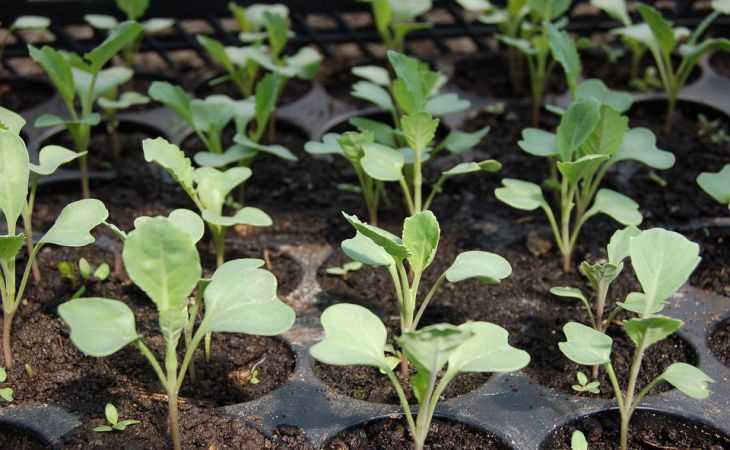
Растения капусты нуждаются в достаточном количестве влаги, особенно во время прорастания. Но избегайте переувлажнения почвы, так как это может привести к гниению корней и другим проблемам. Поливайте сеянцы регулярно и умеренно, обеспечивая равномерное увлажнение почвы.
Следуя этим практическим советам, вы сможете предотвратить вытягивание сеянцев капусты и обеспечить их здоровый рост и развитие. Помните, что правильные условия выращивания — залог успешного урожая!
Вопрос-ответ:
Почему сеянцы капусты вытягиваются?
Сеянцы капусты вытягиваются из-за недостатка света. Если растения получают недостаточно света, они начинают стремиться к его источнику, что приводит к вытягиванию стеблей.
Какой должна быть температура для роста сеянцев капусты?
Оптимальная температура для роста сеянцев капусты составляет около 20-25 градусов Цельсия. При более низкой или высокой температуре, сеянцы могут вытягиваться и развиваться неоднородно.
Как предотвратить вытягивание сеянцев капусты?
Для предотвращения вытягивания сеянцы капусты необходимо обеспечить им достаточное количество света. Можно использовать дополнительные источники освещения, такие как фитолампы или светодиодные лампы. Также важно следить за температурным режимом и не допускать перегрева или переохлаждения растений.
Можно ли использовать удобрения для предотвращения вытягивания сеянцев капусты?
Да, использование удобрений может помочь предотвратить вытягивание сеянцев капусты. Рекомендуется выбирать удобрения, которые содержат достаточное количество азота, так как азот способствует развитию зеленой массы растений и укреплению стеблей. Однако важно соблюдать дозировку и не переусердствовать с удобрениями, чтобы не вызвать перегрузку растений.
Как влияет плотность посева на вытягивание сеянцев капусты?
Плотность посева может влиять на вытягивание сеянцев капусты. Если сеянцы высеяны слишком густо, они будут бороться за доступ к свету и вытягиваться. Рекомендуется соблюдать оптимальную плотность посева, чтобы каждое растение имело достаточно пространства для развития.








